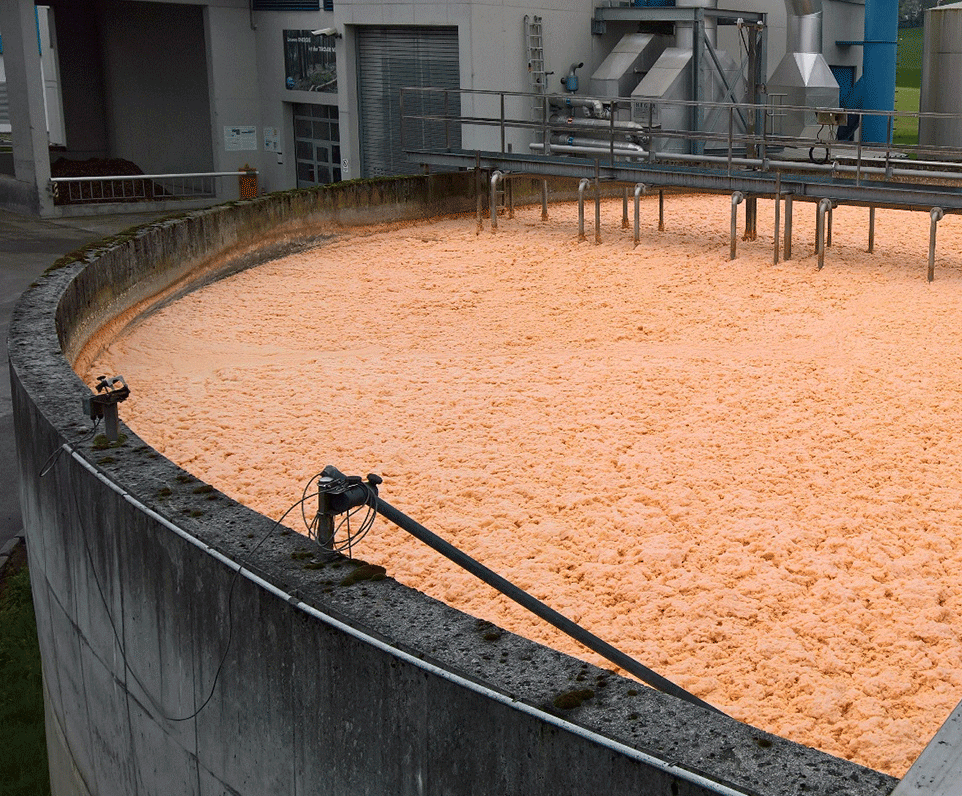C-ION technology is based on dielectric discharge to form negatively charged oxygen radicals, which go on to form small, highly reactive ions that are stabilized by cluster formation. These radicals oxidize inorganic and organic substances such as bulking sludge, organic wastewater substances, arsenic, and manganese, making water treatment more effective.
Advantages of C-ION
Innovative oxidation technology
C-ION is one of the most innovative oxidation technologies on the market using non-thermal plasma as oxidant.
Easy installation and scalability
Easy installation and start-up. With the ability to expand modularly for greater capacity. In addition to easy system start-up and shut-down.
No additional chemicals required
C-ION does not require any chemicals for oxidation process, hence, less operating costs and environmentally friendly technology.
Efficient in energy and maintenance
Our long-lasting, cost-effective, and easy-to-replace materials reduce maintenance costs. It also requires much less energy than conventional oxidation treatments, e.g. ozonisation.
No feed air treatment needed
No residual ozone removal needed
No additional cooling necessary
Removal of Anthropogenic Trace Substances
Large industries such as pharmaceuticals, textiles, cleaning products, among others, develop products that are indispensable for human beings. Unfortunately, during their production they release chemicals into the water that are harmful to the health of all living beings. With C-ION you can completely eliminate these substances, allowing you to reuse or recycle the water while taking care of the environment.


Bulking Sludge Suppression
80% of municipal wastewater treatment plants are affected by bulking sludge. C-ION effectively destroys the filamentous bacteria responsible for bulking sludge resulting in low sludge volume indexes and better effluent quality of activated sludge plants. It can be easily retrofitted into existing systems.